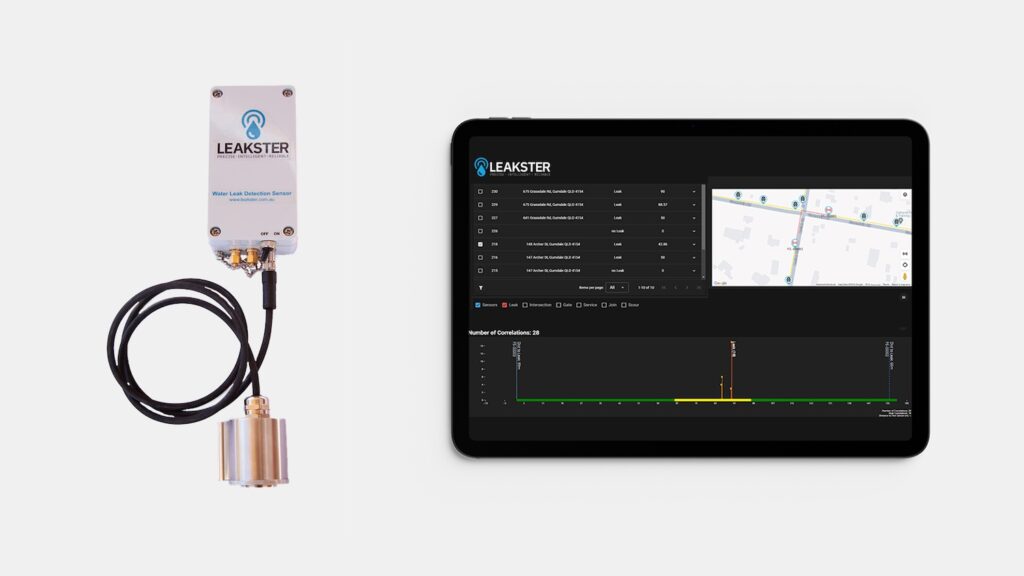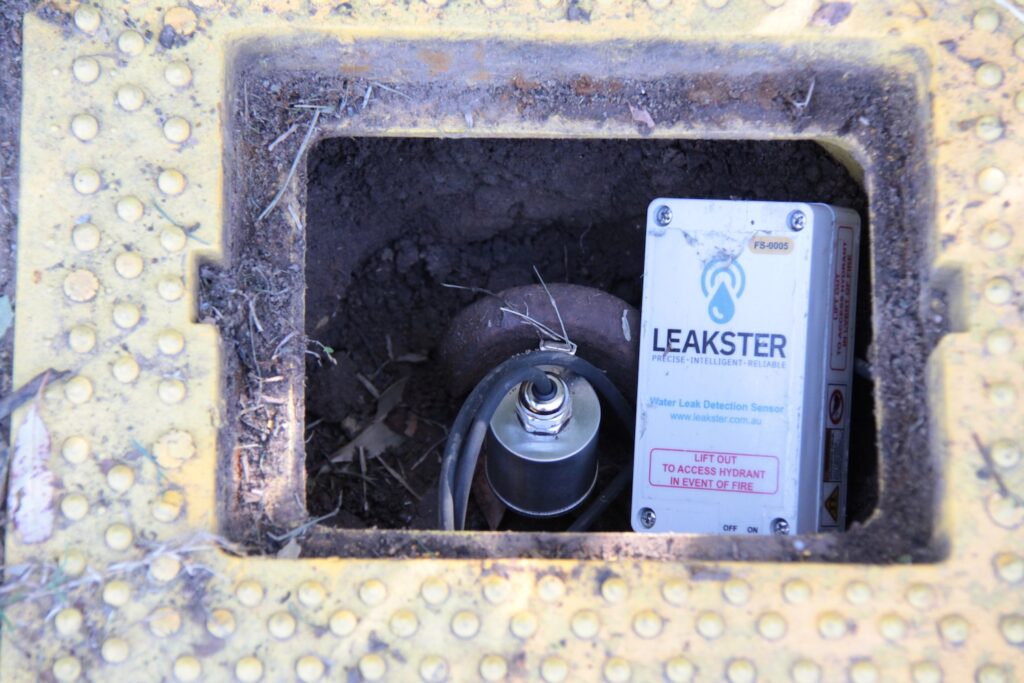The Bureau of Meteorology has just released its annual National Performance Report (NPR) for urban water utilities, comparing the performance of 86 utilities, councils, and bulk water providers across the country. On the surface, the data appears steady — but a closer look reveals a growing problem.
In 2023–24, more than 2 69 billion litres of drinking water were lost from Australia’s urban water networks — enough to supply over 1.5 million households for a year. These are known as real losses: clean, treated water that escapes through leaks, bursts, or broken pipes before it ever reaches a customers meter.
While the NPR reports an average daily loss of 65.5 litres per connection, this figure hides the scale of the issue. With more than 11.26 million connections across the country, the total volume of water being lost is increasing year on year. The current reporting framework doesn’t highlight this trend clearly — but the risks are growing. “Water loss is too often treated as an unavoidable part of running a network — but that thinking is out of date,” said Sara Richardson, CEO at Leakster, an Australian-based climate tech company helping utilities detect and reduce leakage using acoustic sensing technology. “As climate conditions become more extreme and infrastructure ages, we need to move faster — and smarter — to protect our water supplies. That means investing today, not when water supply is already under strain.”

The cost of inaction is growing. As leaks persist undetected across large, ageing networks, utilities face costs, lost revenue, and avoidable inefficiencies. Poor visibility over network leakage can also lead to over-investment in supply infrastructure when smarter detection and prevention would offer far greater long-term value.
Climate change is amplifying the problem. Extended dry periods followed by intense rainfall — now increasingly common across many parts of Australia — cause the ground to shift, placing more stress on buried pipe networks. This movement leads to more leaks forming, more frequently, and in more locations — further increasing system-wide water losses.
Leakster’s acoustic sensing technology helps utilities find and address leaks earlier. It can be used for proactive monitoring or targeted inspections, supporting both metropolitan utilities and regional councils both proactively and reactively. By improving visibility and response times, the technology offers a practical way to reduce losses and strengthen long-term resilience.

A review of NPR data shows total real losses have more than doubled over the past 20 years. While per-connection figures may appear stable, the actual volume of lost water continues to rise — and the time to act is now.
Learn more at www.leakster.com.au







